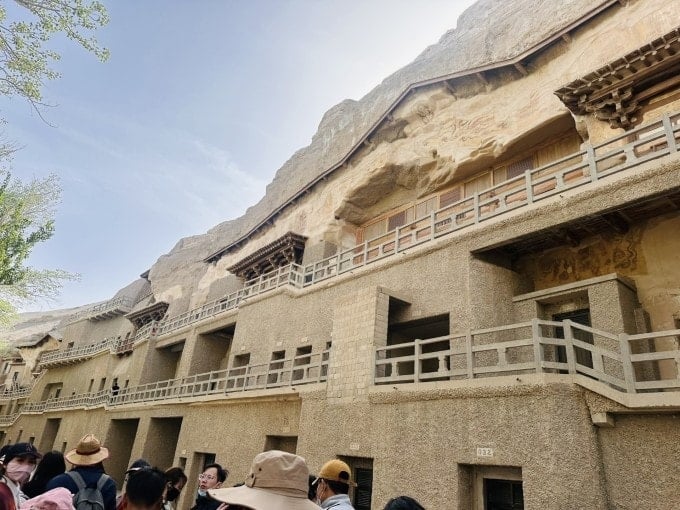
The Mogao Grottoes or Thousand Buddha Caves are located on the ancient strategic Silk Road. If connected together, the murals of the Mogao Grottoes can form a colorful picture nearly 30 km long. The works on the cave walls tell stories about Buddhism, lectures, and sermons, including many "flying" images. Other images are of divine animals, humans, plants, and depict the trade process along the Silk Road, military history, science, and people's lifestyles. Therefore, the Mogao Grottoes are also known as the "library on the wall".
Together with the Yungang Grottoes in Datong City, Shanxi Province in the north and the Longmen Grottoes in Henan Province in the central region, the Mogao Grottoes become one of the three famous ancient Buddhist sculpture sites in China.
The cave is located about 25 km from the center of Dunhuang city, Gansu province. In addition to the murals, the cave also attracts international visitors thanks to the small niches carved into the cliffs that are used as meditation places for monks.
Legend has it that in the second year of Jianyuan of the Qin Dynasty (366), the monk Luo Zun saw a halo of light shining on this mountain like a thousand Buddhas. Afterwards, the eminent monk Luo Zun carved the mountain to create the first worshiping cave on the cliff. From the period of the Sixteen Kingdoms of the Five Hu (304 - 439) to the Yuan Dynasty, the excavation and construction of worshiping caves was carried out throughout ten dynasties. The worshiping caves were places for practicing and spreading Buddhism. Up to now, the cliff is covered with stone niches, suspension bridges, and large and small paths connecting these worshiping caves together.
By the Tang Dynasty (7th century), Mogao had more than 1,000 caves of various sizes. Therefore, this place is also known as "Thousand Buddha Cave".
According to archaeologists, during the Western Xia Dynasty's rule over Dunhuang (after 1049), monks in the Mogao area, in order to take refuge, placed the historical museum in a room in this cave, and built a wall to seal it off outside. After the war ended, none of the monks returned, and the room became a secret that no one knew about.
Because the stone material of Tam Nguy mountain is quite rough and hard, it is impossible to carve statues, so the ancients used baked clay and plaster as materials to carve statues.
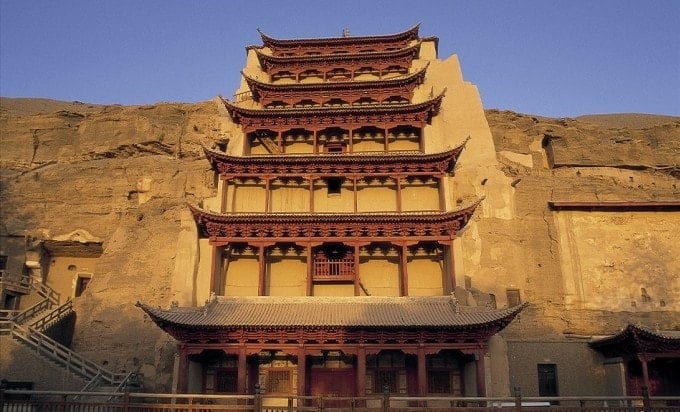
Statues from the Northern Wei Dynasty have tall figures, broad foreheads, high noses, long eyebrows, curly hair, and bare chests, bearing strong Indian artistic nuances. Statues from the Tang Dynasty have plump, gentle faces, large ears, and low noses.
During the Tang Dynasty, the statues in the Mogao Grottoes reached the pinnacle of art. There are more than 670 statues in total, accounting for more than 25% of the total number of sculptures here. These statues have their own unique characteristics, harmonious facial features, solemn demeanor, and elegant costumes. The Heavenly King statue clearly shows the style of a man: majestic, upright, brave, and resolute. The Bodhisattva statue has an ethereal appearance, a plump face, and a smiling mouth.
During the Ming and Qing dynasties, the Mogao stone statues were buried in the desert and no one paid attention to them. It was not until 1900 that the Mogao area began to be restored. From the outside, the cave looks like a honeycomb of small holes of different heights. "Once inside, the attraction only increases," said tour guide Liu Zhenhui, who often leads Vietnamese tourists from Ho Chi Minh City to Gansu, China.

According to Huy, there are three reasons why this place is famous and widely known. First is the age of the artworks in the cave, created more than 1,600 years ago. Second, this is a proud collection of Chinese people with 735 stone niches and 2,415 colored clay sculptures. Third, and the most spectacular part, are the beautiful frescoes covering an area of 45,000 square meters, forming a kind of ancient Buddhist art gallery. The large number of Buddhist statues and precious cultural relics, up to more than 50,000 works, attracts many interested tourists. The cave is likened to the "Buddhist Louvre of the East", Huy said.
Today, China still has 492 caves made from intact clay, of which 30 are open to visitors. In the Mogao Caves, the largest Buddha statue is Maitreya, 35.5m high. Considered exquisite are the 5 statues in cave number 328, including the statue of Buddha Sakyamuni, on the left is the great disciple Mahakasyapa, on the right is the Buddha's close disciple Ananda. Next to the two disciples are two Bodhisattvas.
When entering the cave, visitors must be orderly, move in line, and not touch the walls. The tour lasts 60 minutes each time. When arriving at each room, the tour guide will open the cave door for visitors with the key given by the management board in advance. There are only two tours per day with groups of 10-20 people. Visitors are not allowed to film or take photos inside the cave.
In 1987, the Mogao Grottoes were added to the UNESCO World Heritage List. The entrance fee is 160 yuan (560,000 VND) during peak season and 60 yuan (200,000 VND) during low season.
TH (according to VnExpress)Source: https://baohaiduong.vn/hang-dong-voi-gan-2-500-bich-hoa-tren-tuong-o-trung-quoc-401716.html


![[Photo] Prime Minister Pham Minh Chinh chairs conference to review the implementation of Resolution No. 18-NQ/TW](https://vstatic.vietnam.vn/vietnam/resource/IMAGE/2025/4/14/dcdb99e706e9448fb3fe81fec9cde410)
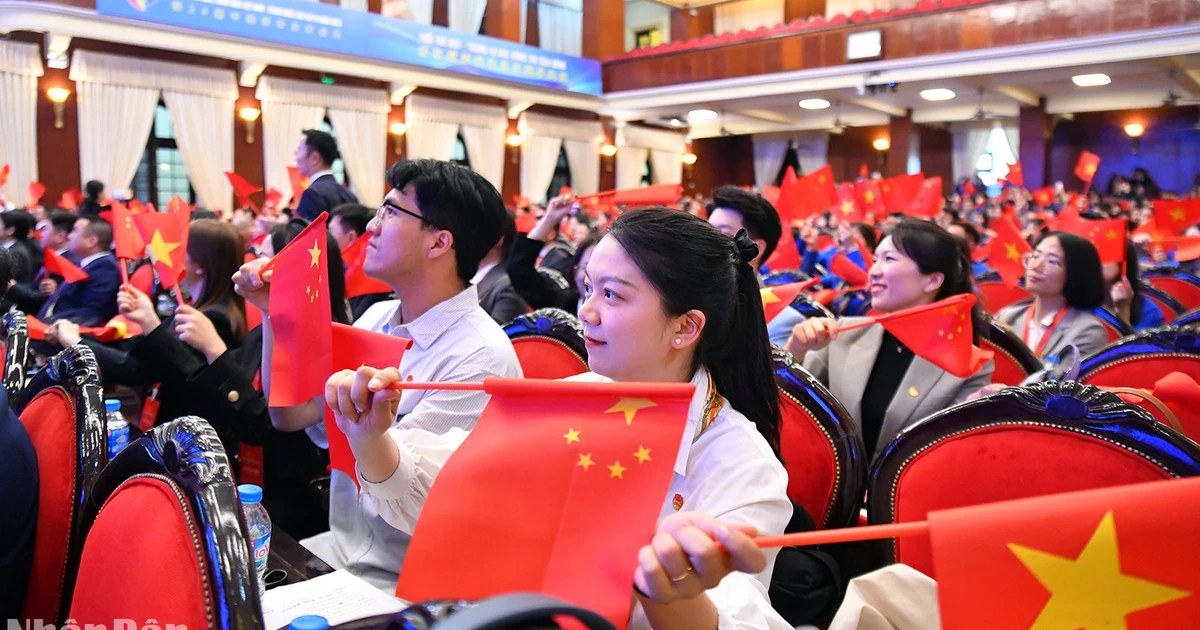
![[Photo] General Secretary To Lam holds talks with General Secretary and President of China Xi Jinping](https://vstatic.vietnam.vn/vietnam/resource/IMAGE/2025/4/14/b3d07714dc6b4831833b48e0385d75c1)
![[Photo] Ceremony to welcome General Secretary and President of China Xi Jinping on State visit to Vietnam](https://vstatic.vietnam.vn/vietnam/resource/IMAGE/2025/4/14/5318f8c5aa8540d28a5a65b0a1f70959)
![[Photo] National Assembly Chairman Tran Thanh Man meets with General Secretary and President of China Xi Jinping](https://vstatic.vietnam.vn/vietnam/resource/IMAGE/2025/4/14/4e8fab54da744230b54598eff0070485)
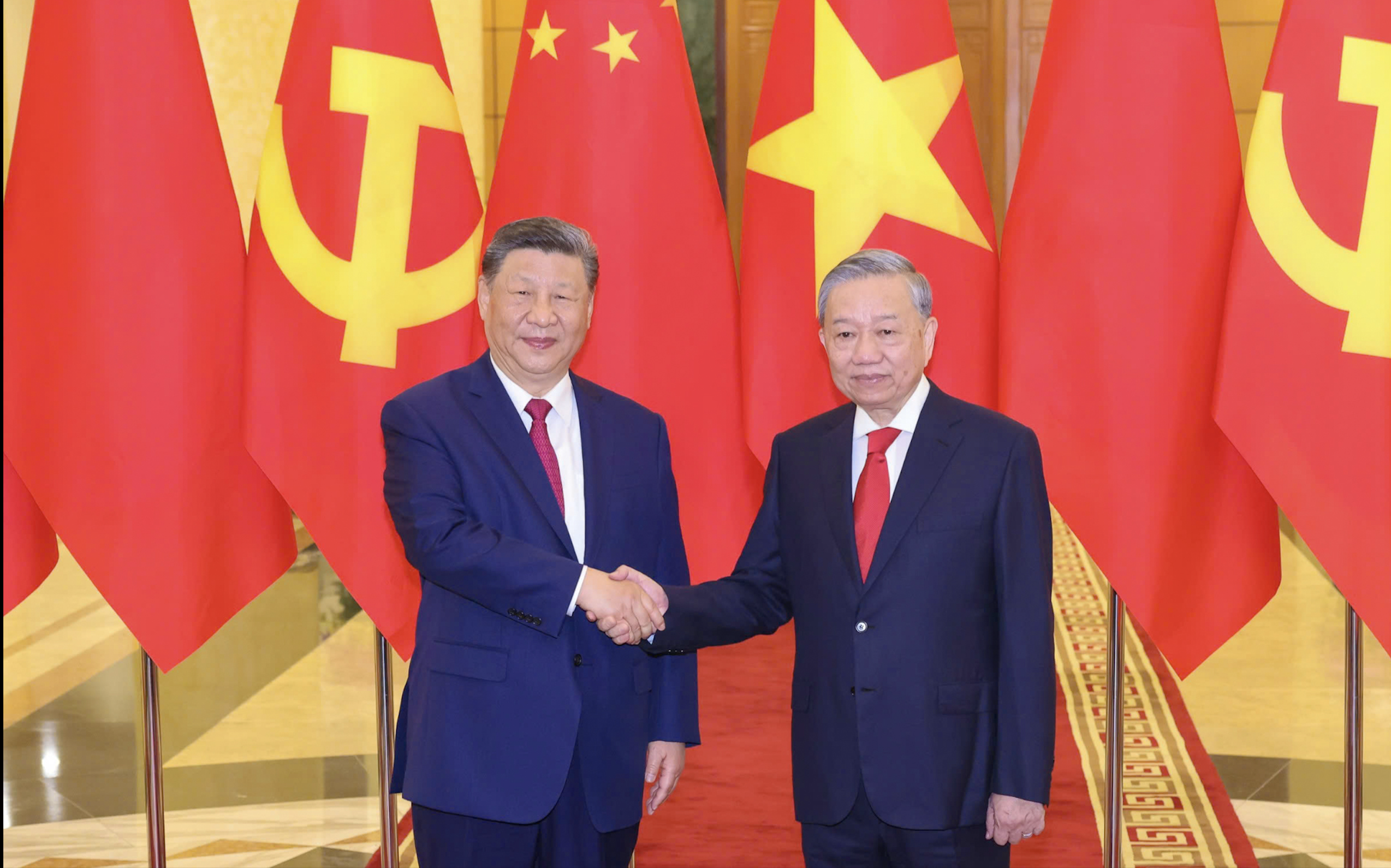

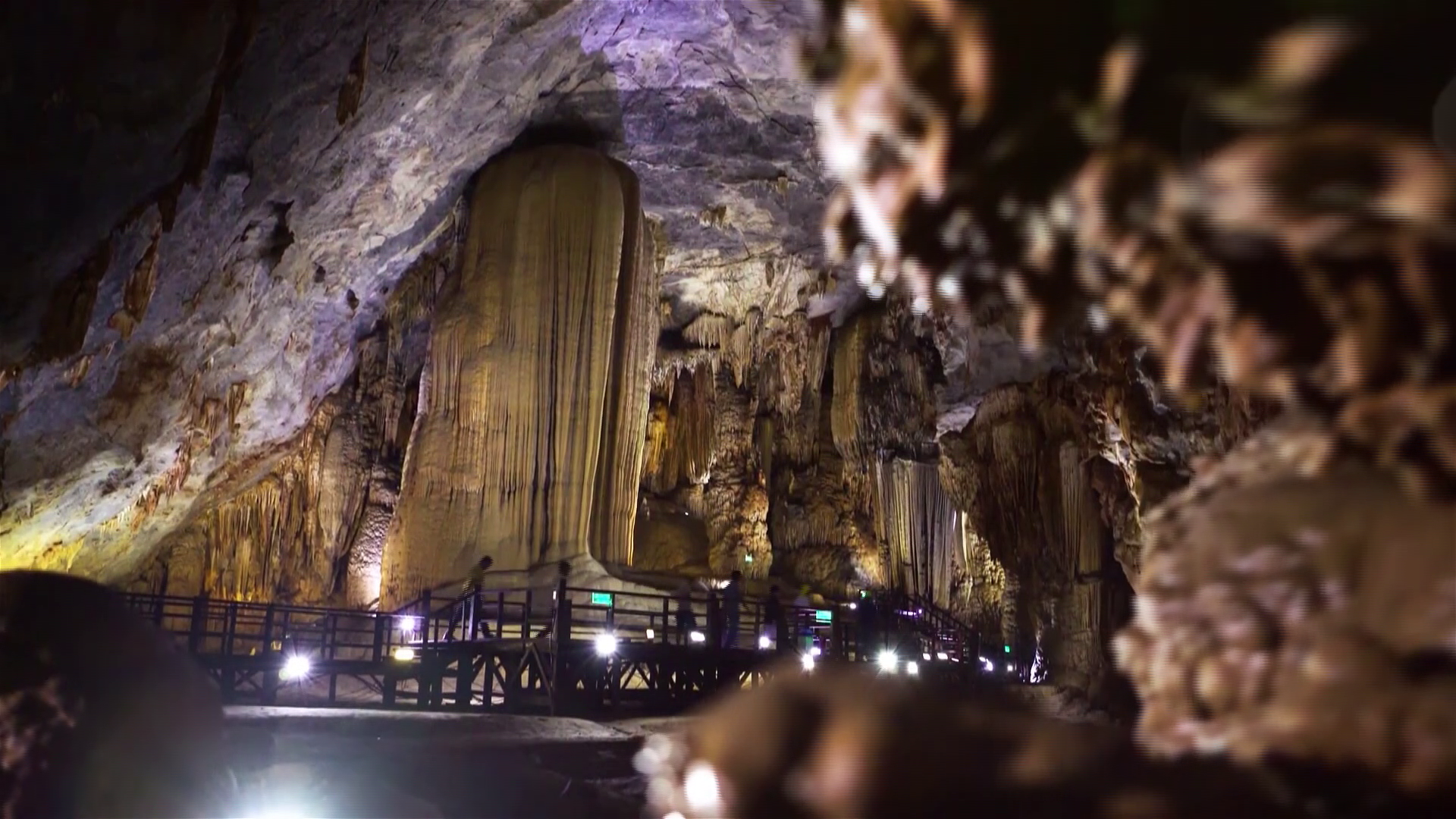

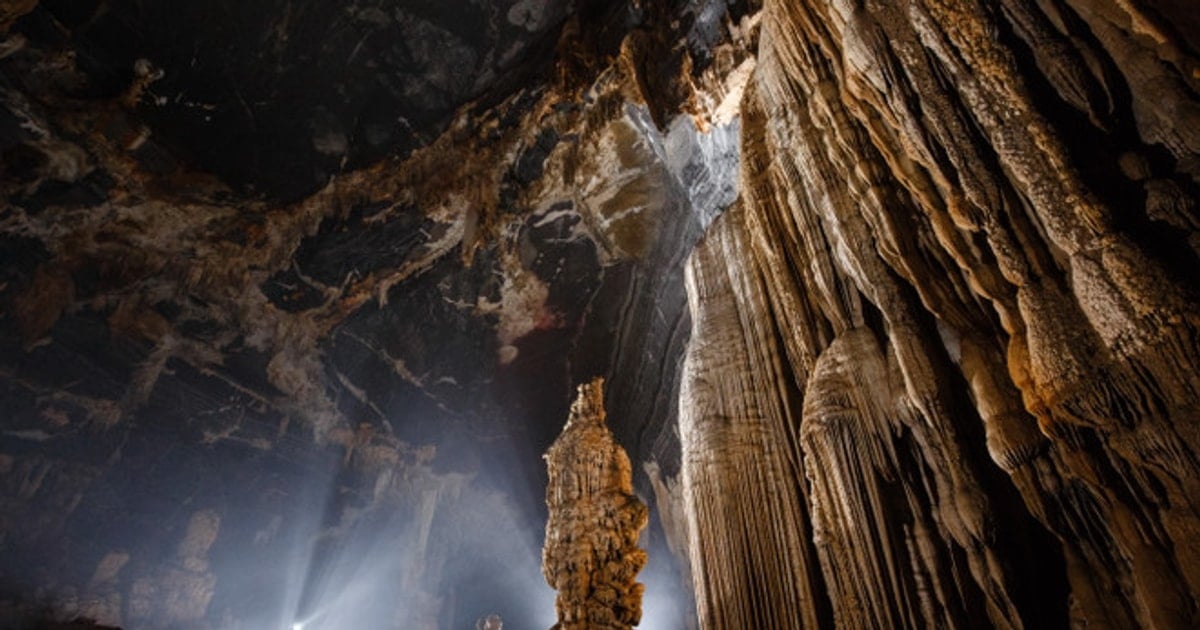

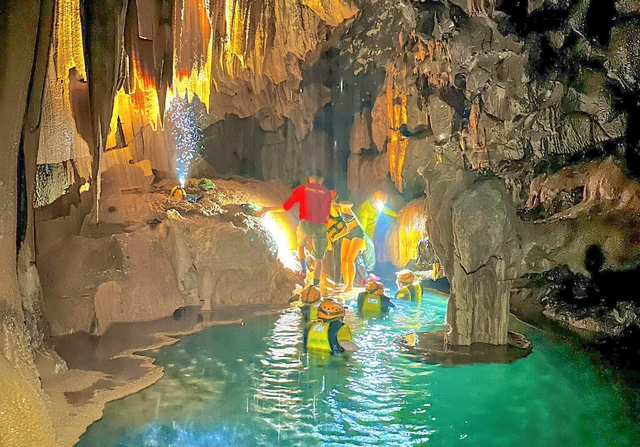

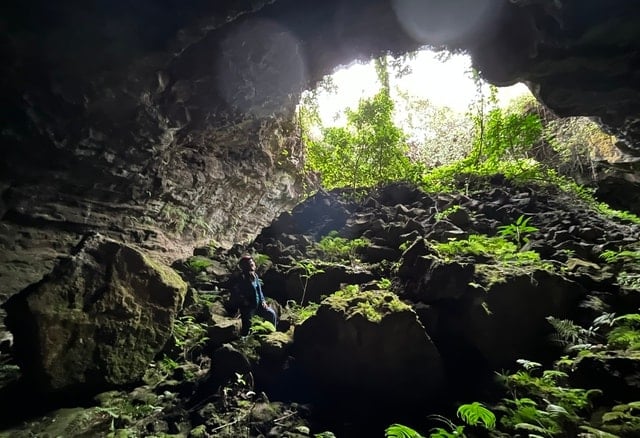


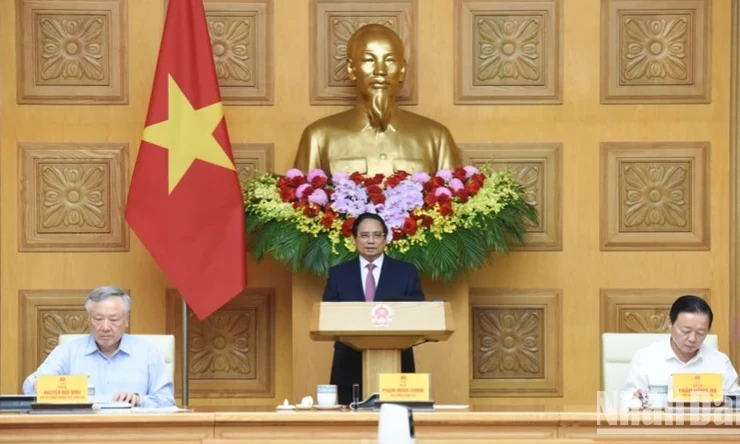
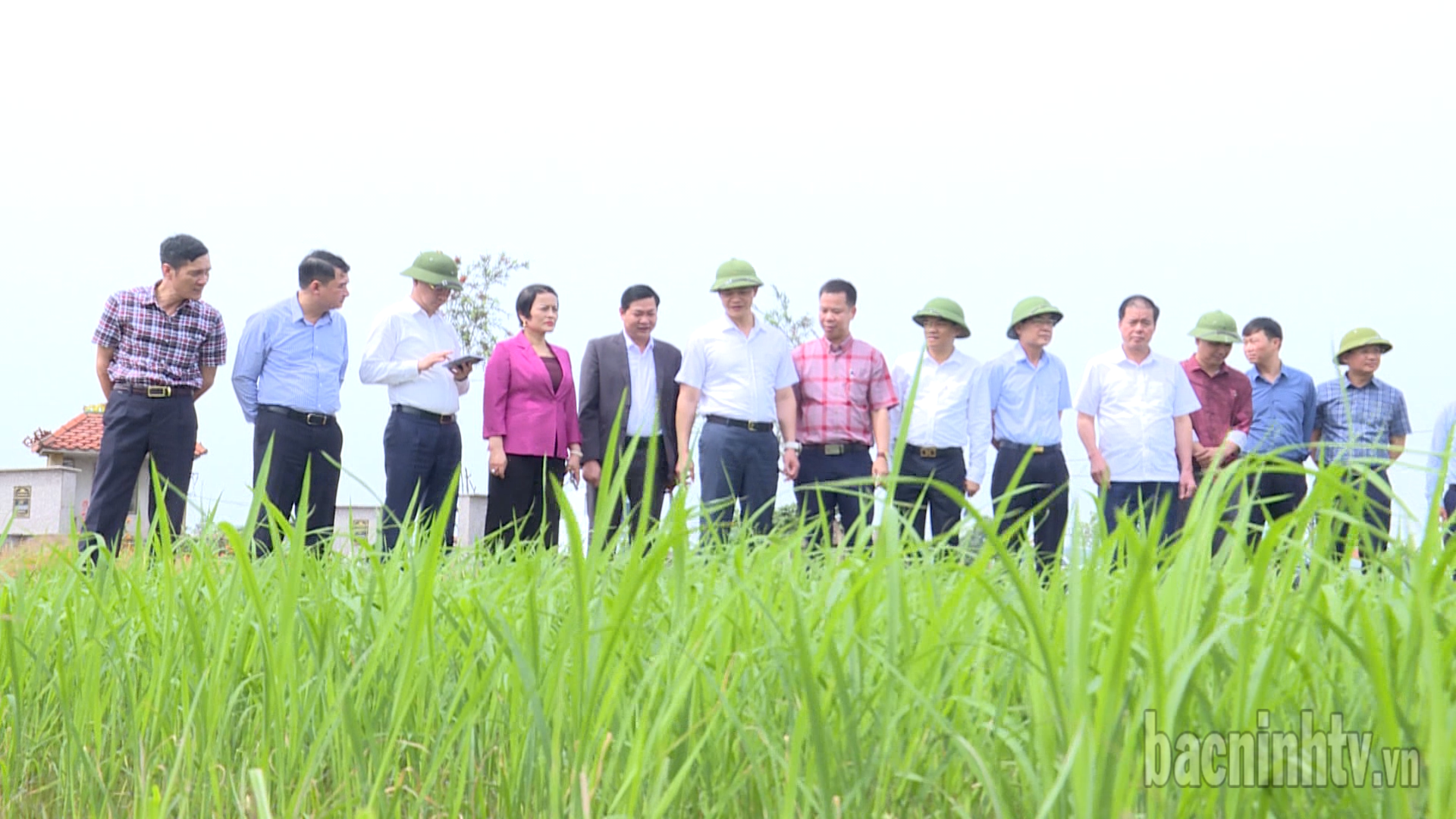
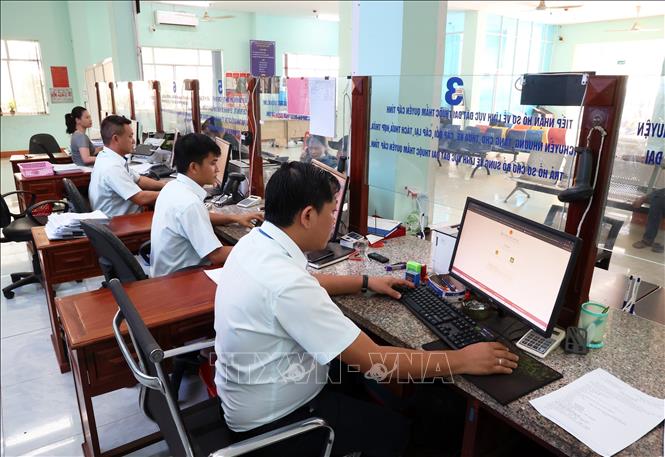

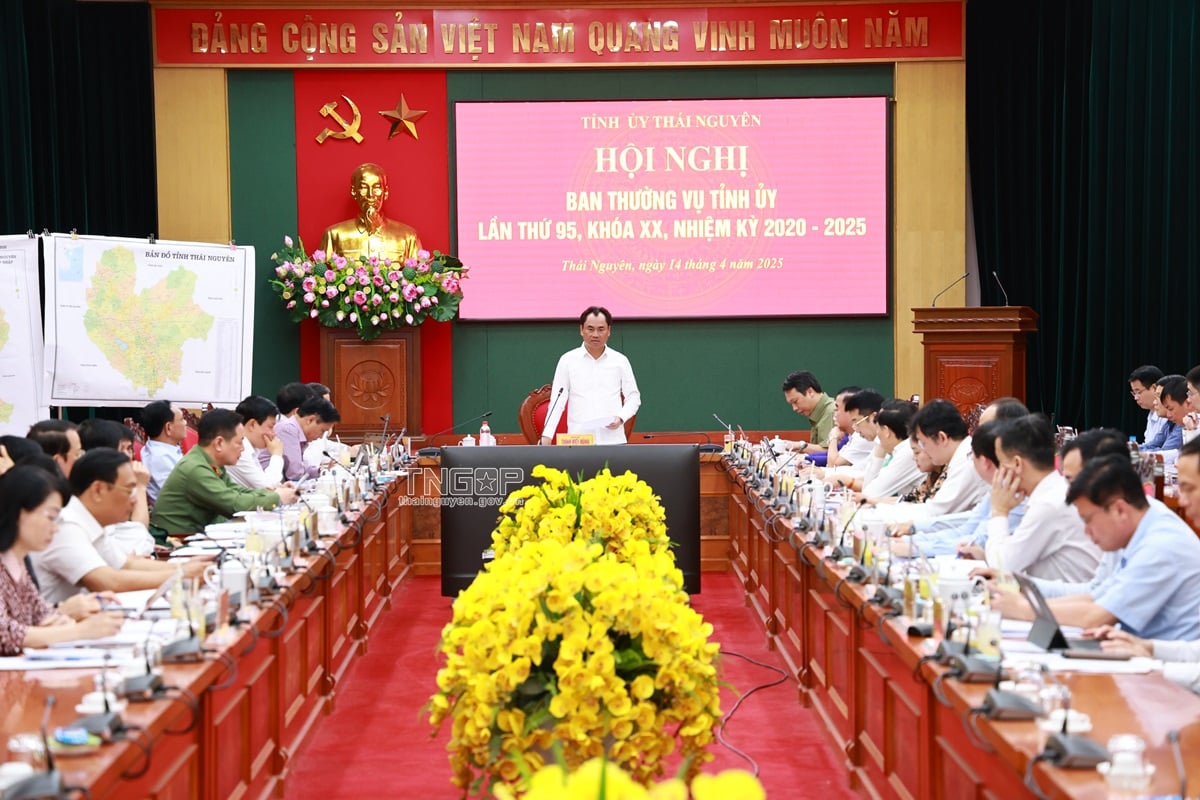
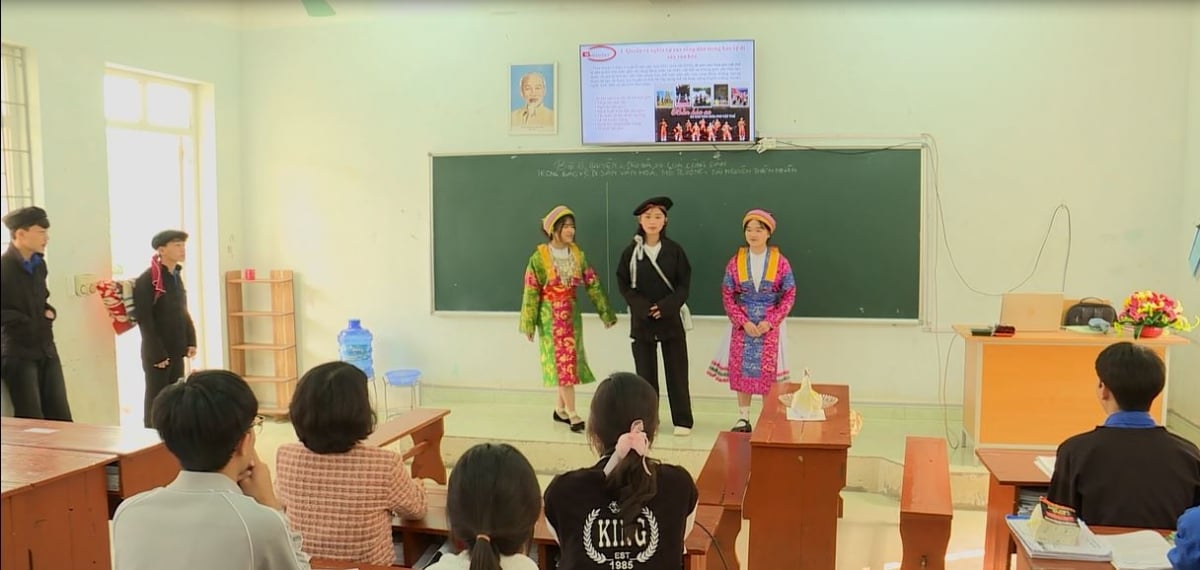
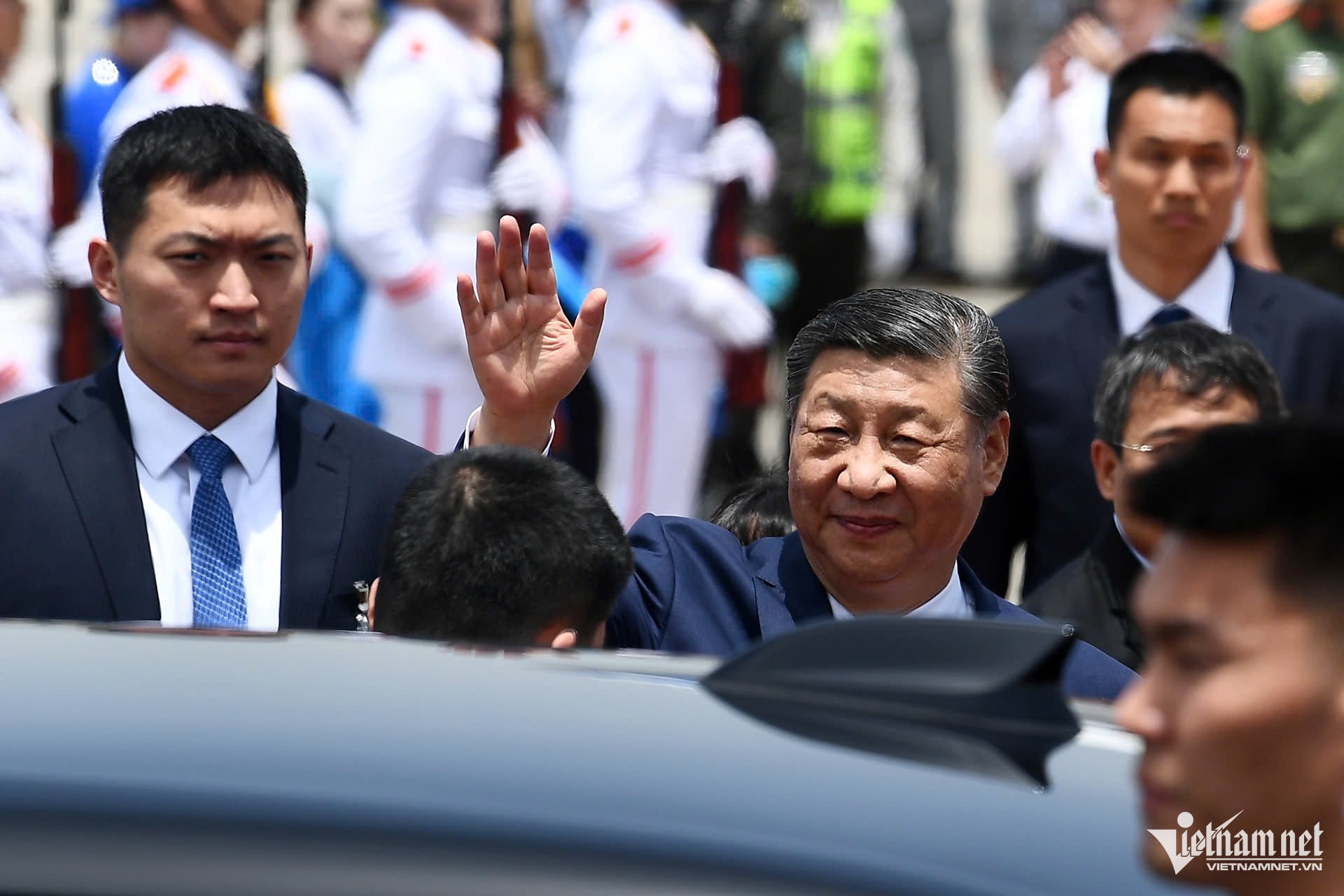
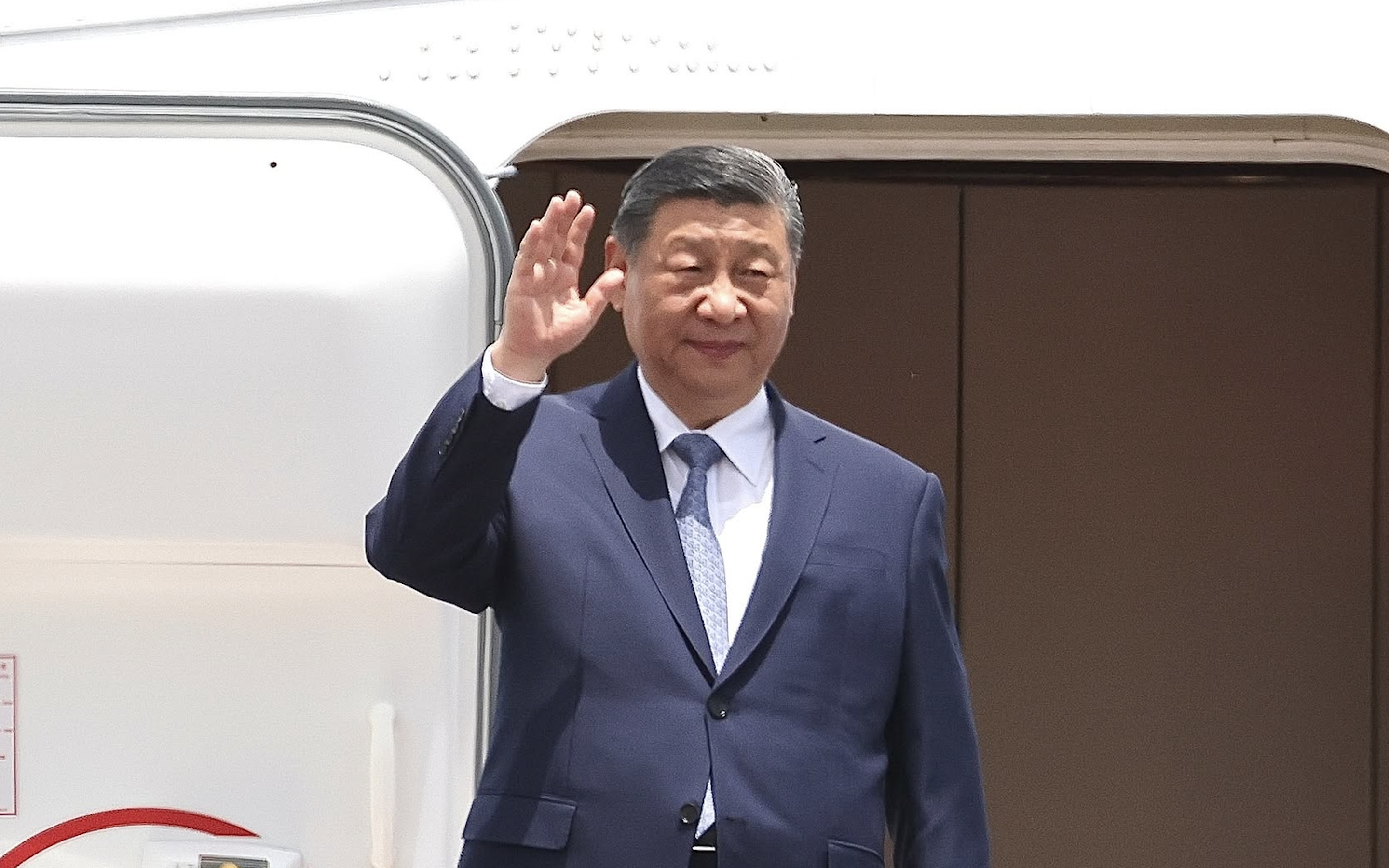

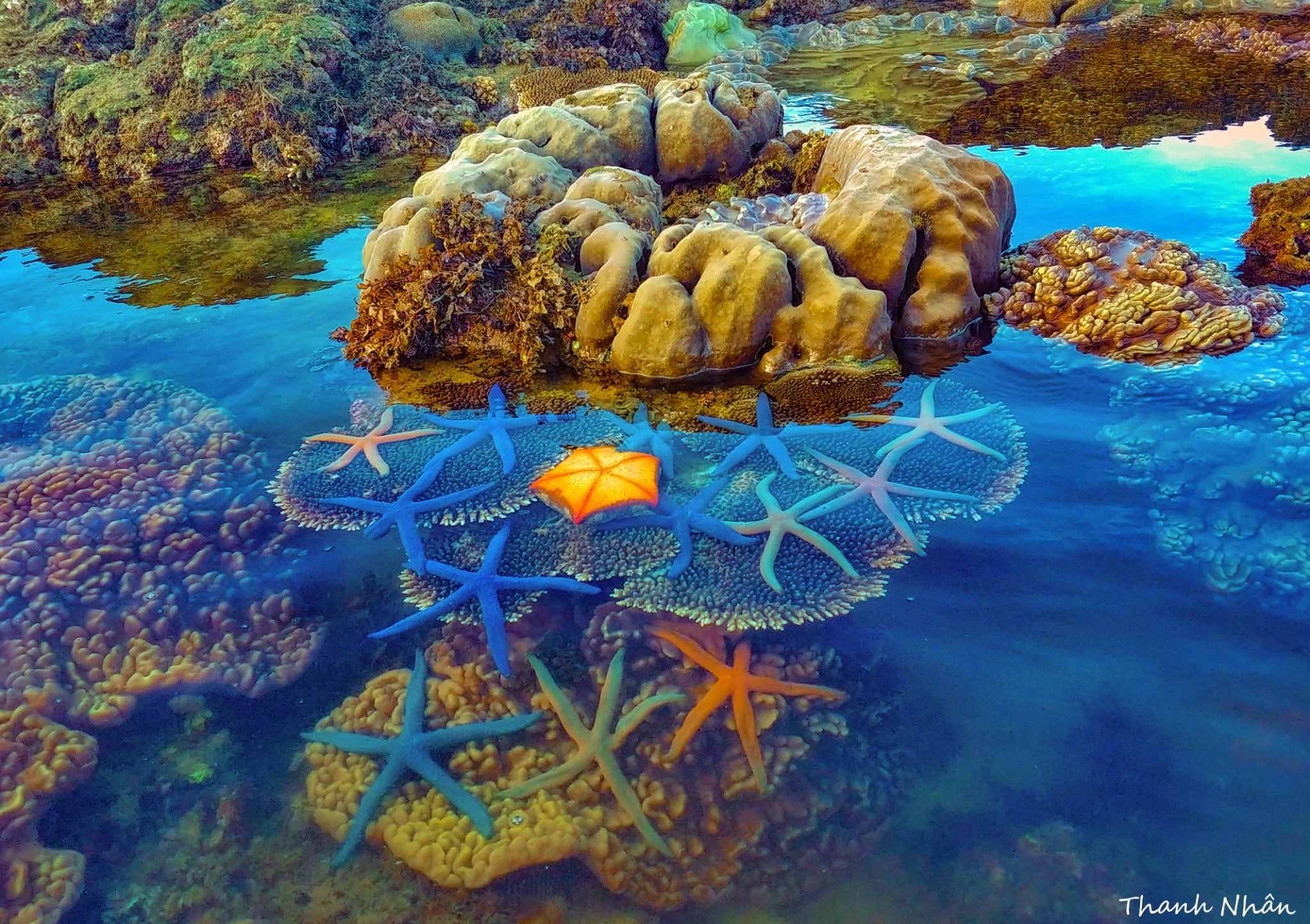
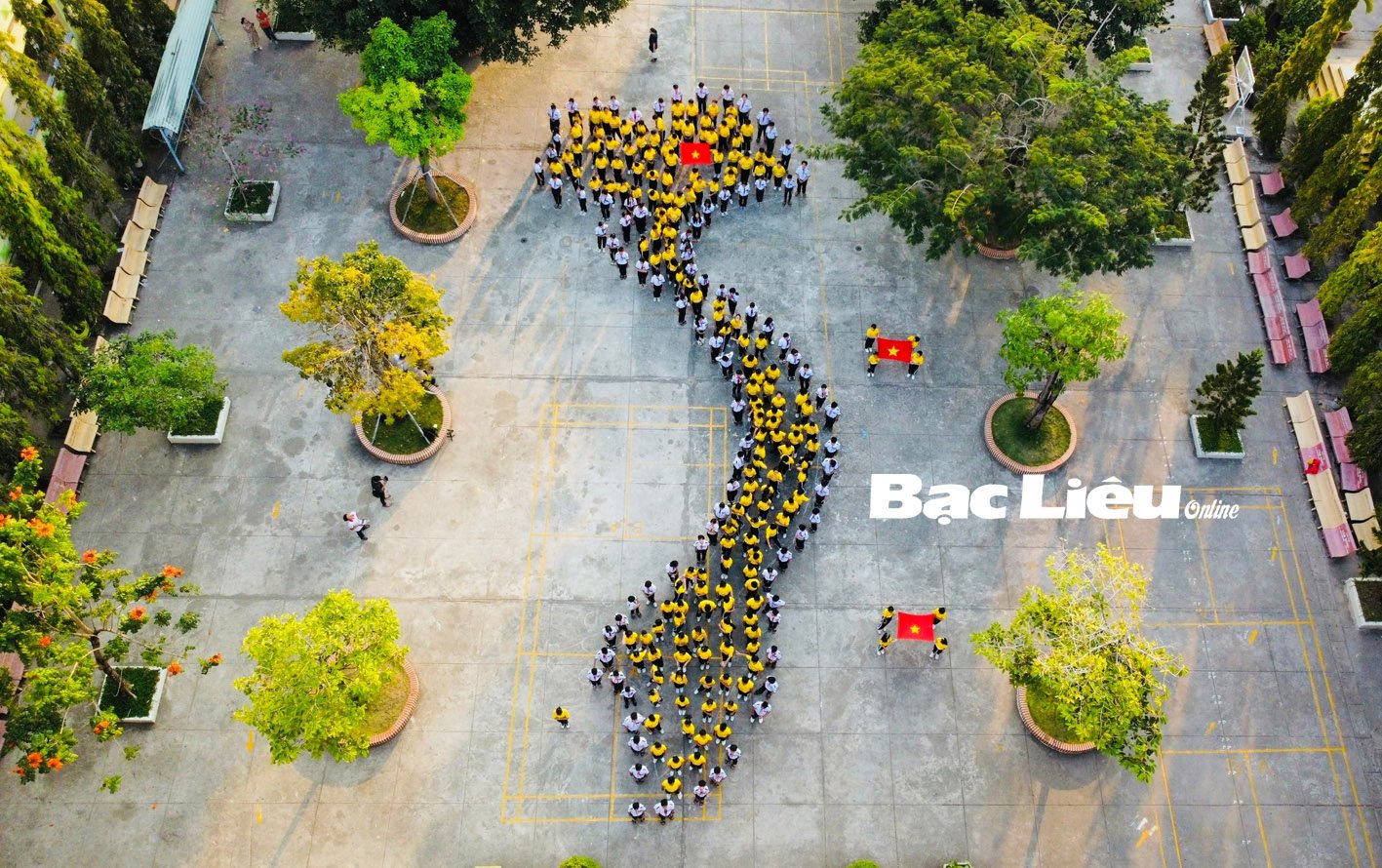
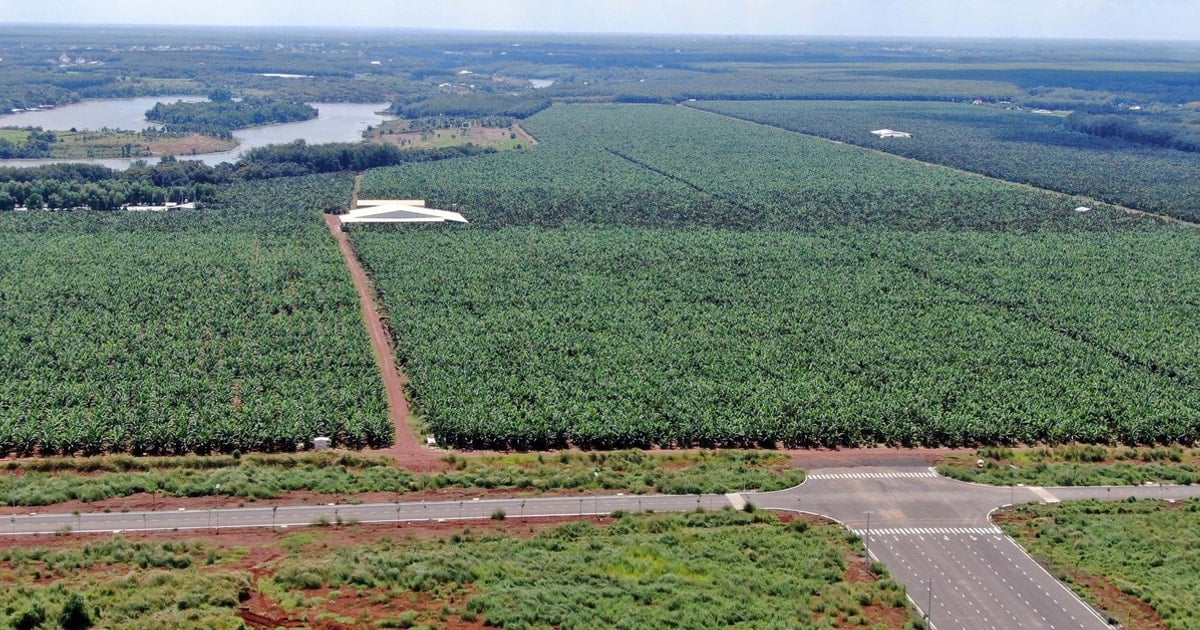


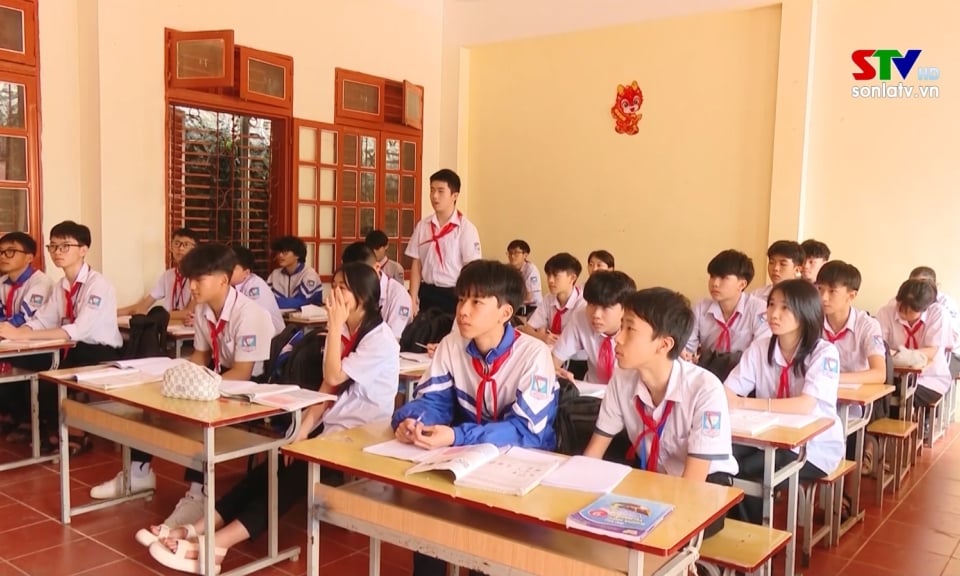
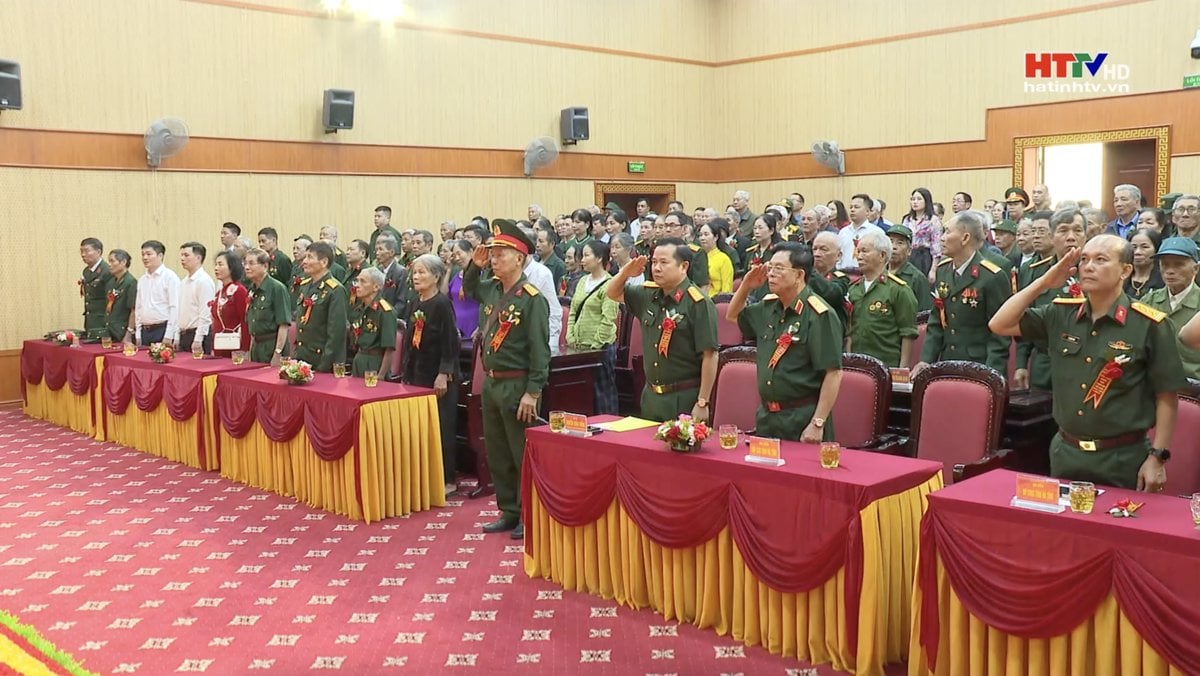
![[Photo] Prime Minister Pham Minh Chinh meets with General Secretary and President of China Xi Jinping](https://vstatic.vietnam.vn/vietnam/resource/IMAGE/2025/4/14/893f1141468a49e29fb42607a670b174)
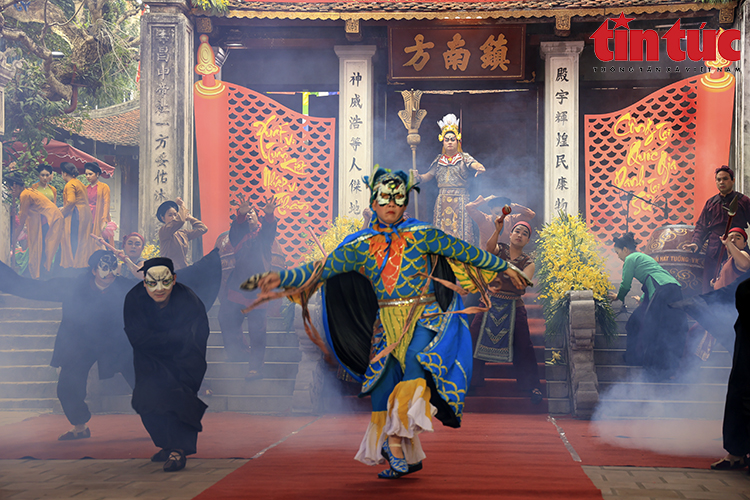

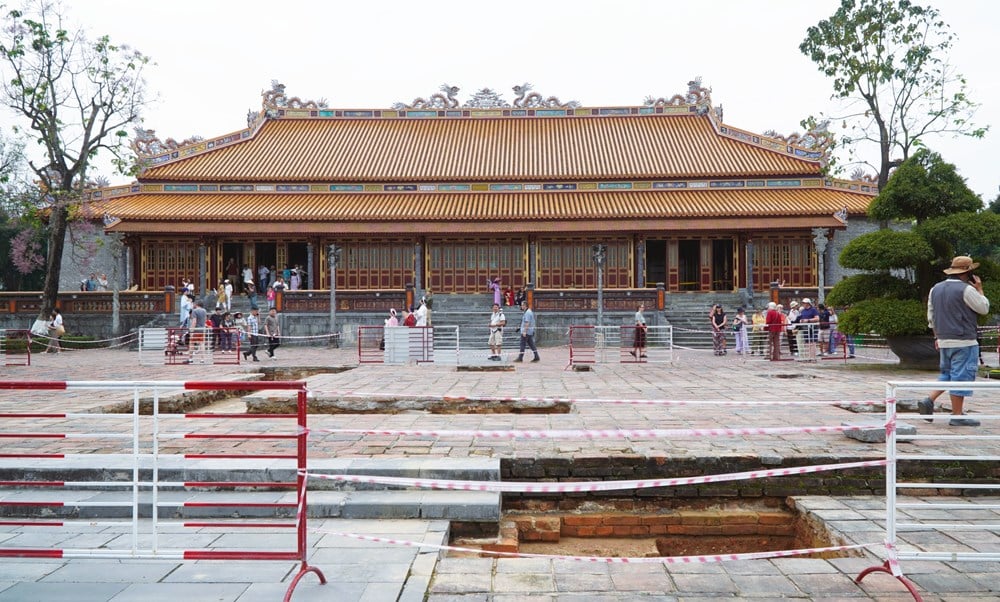

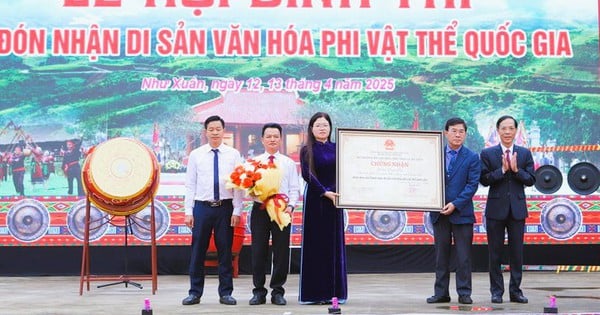

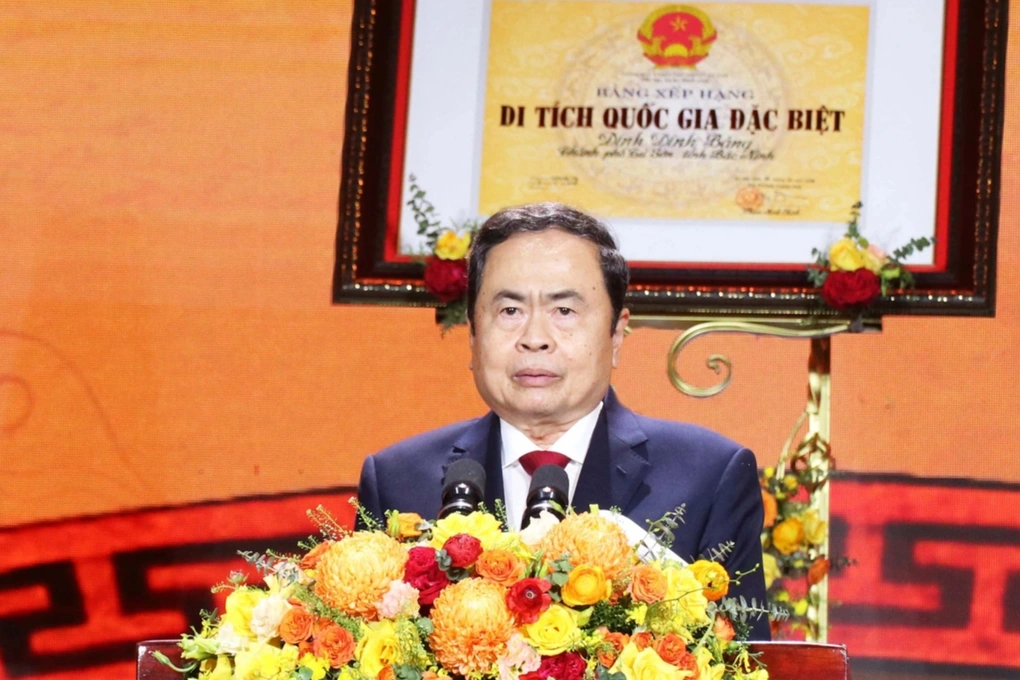

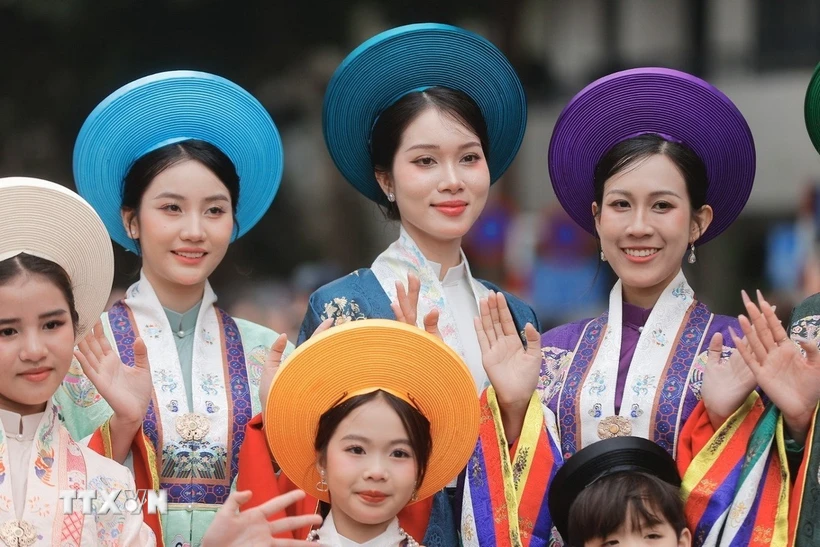

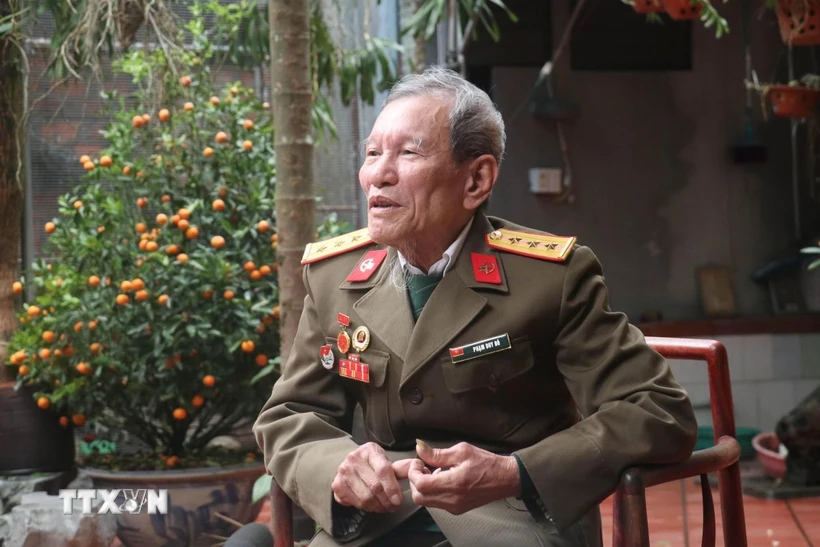
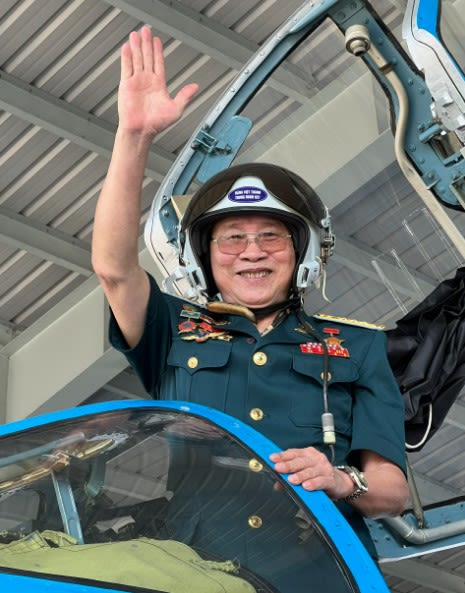


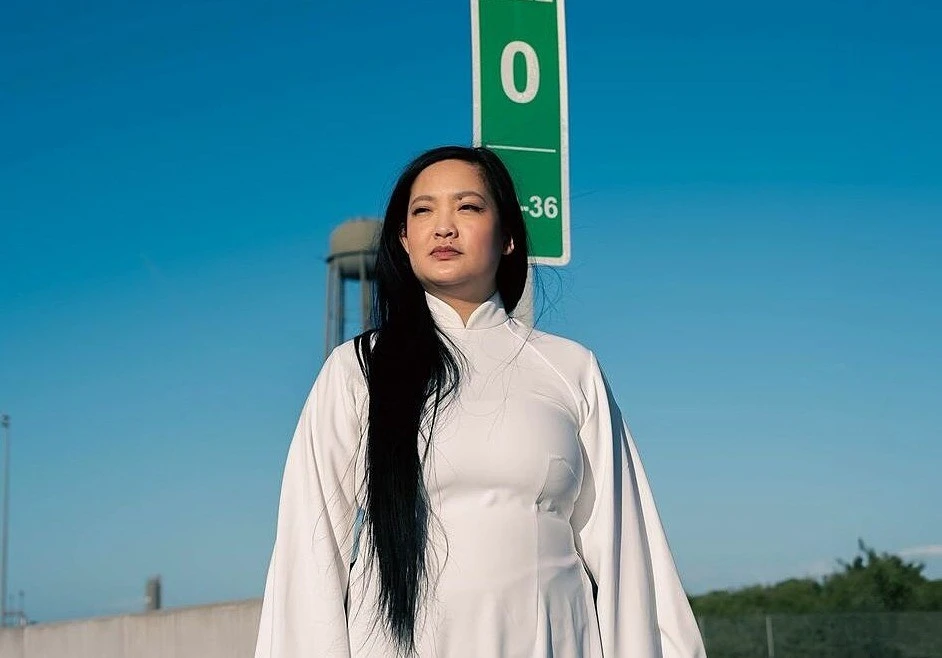





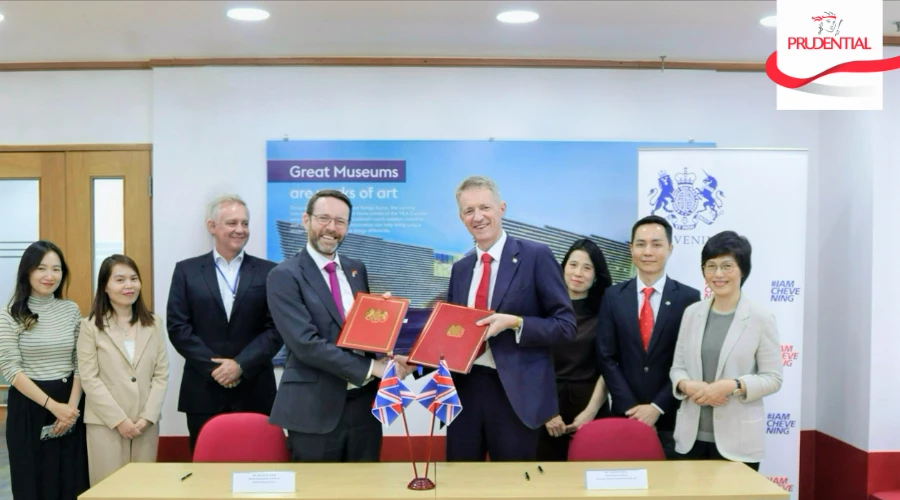








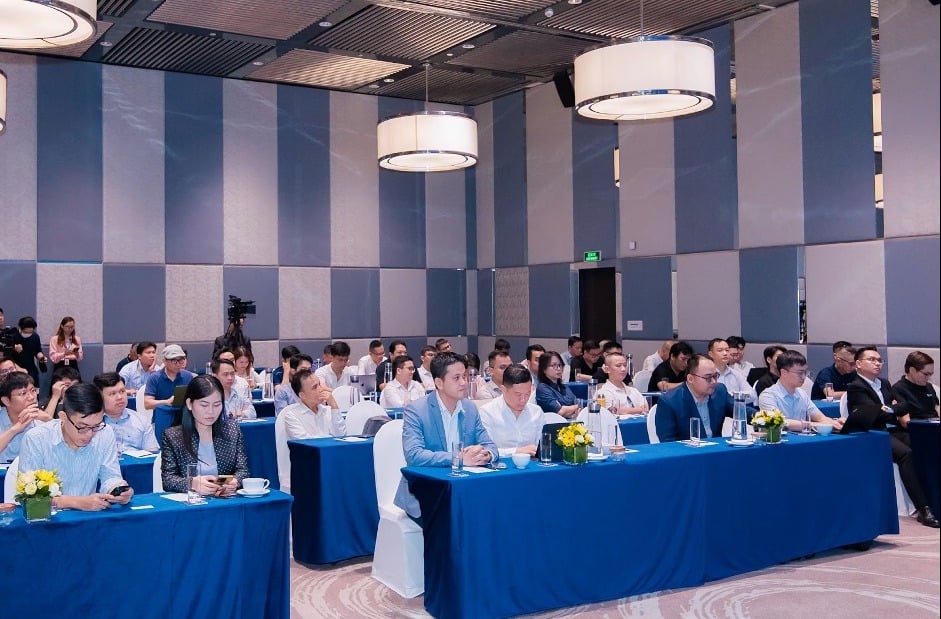
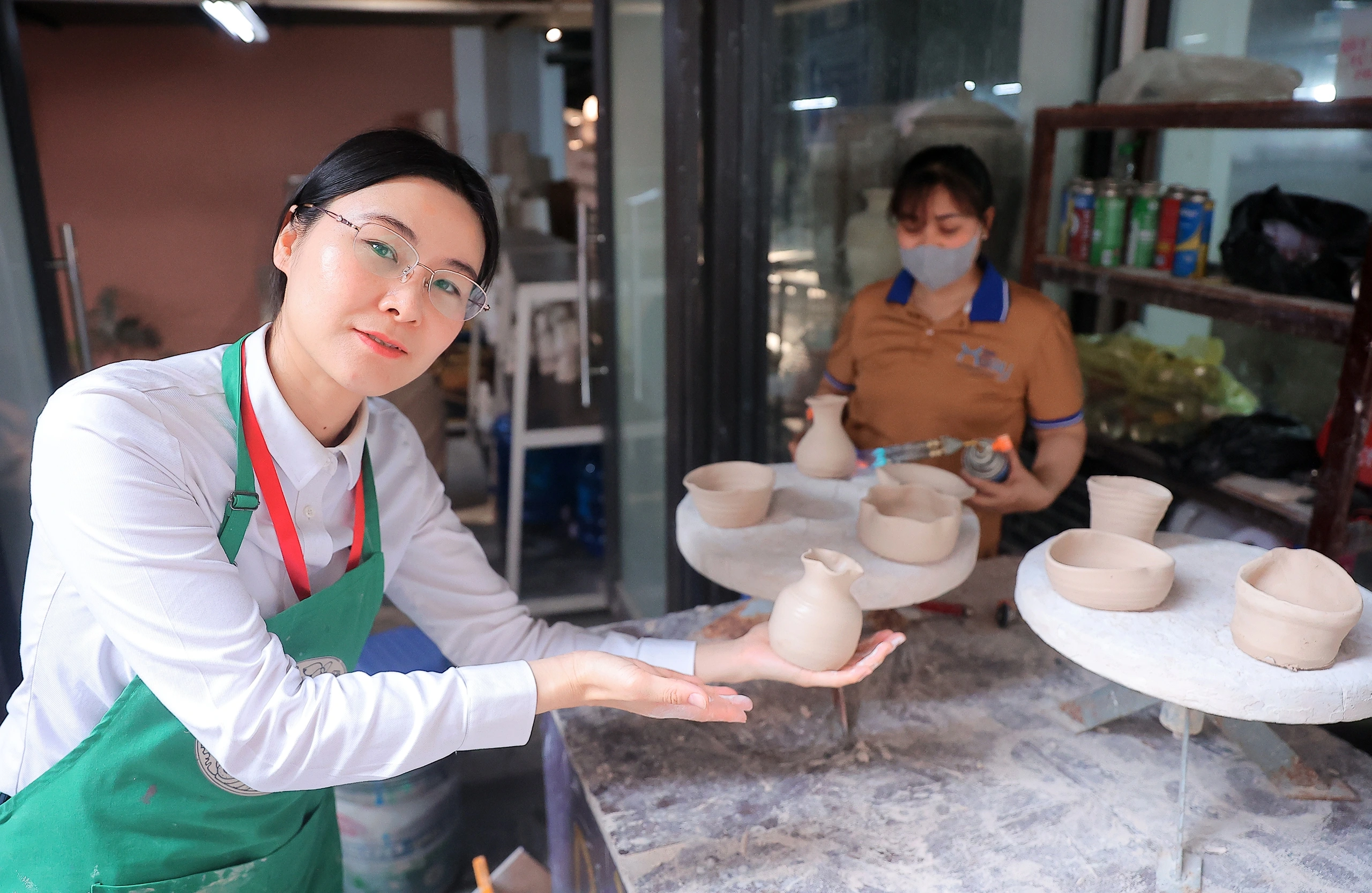

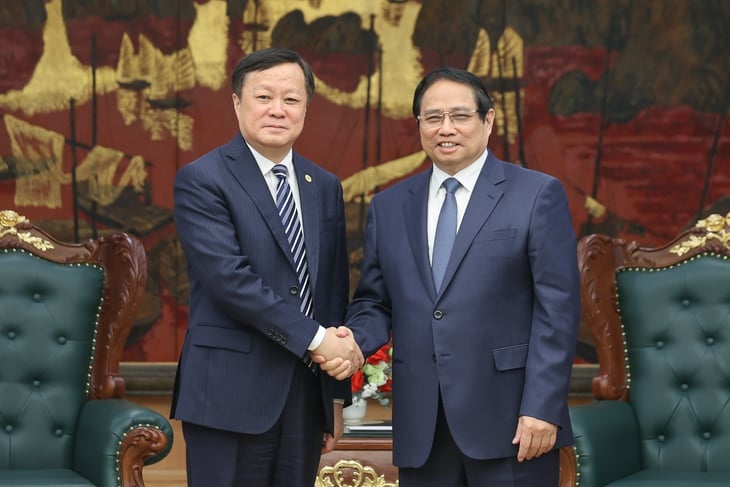
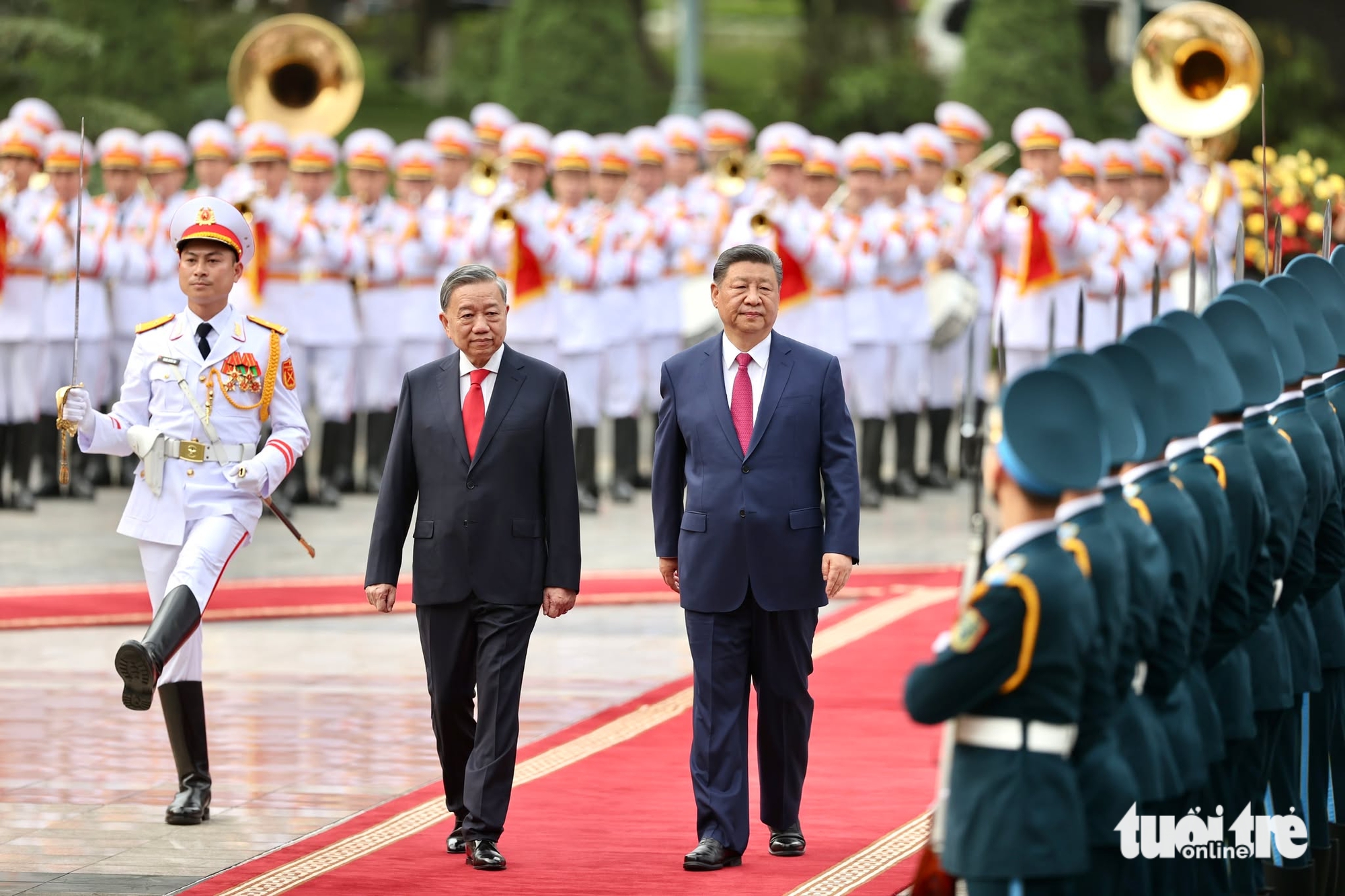
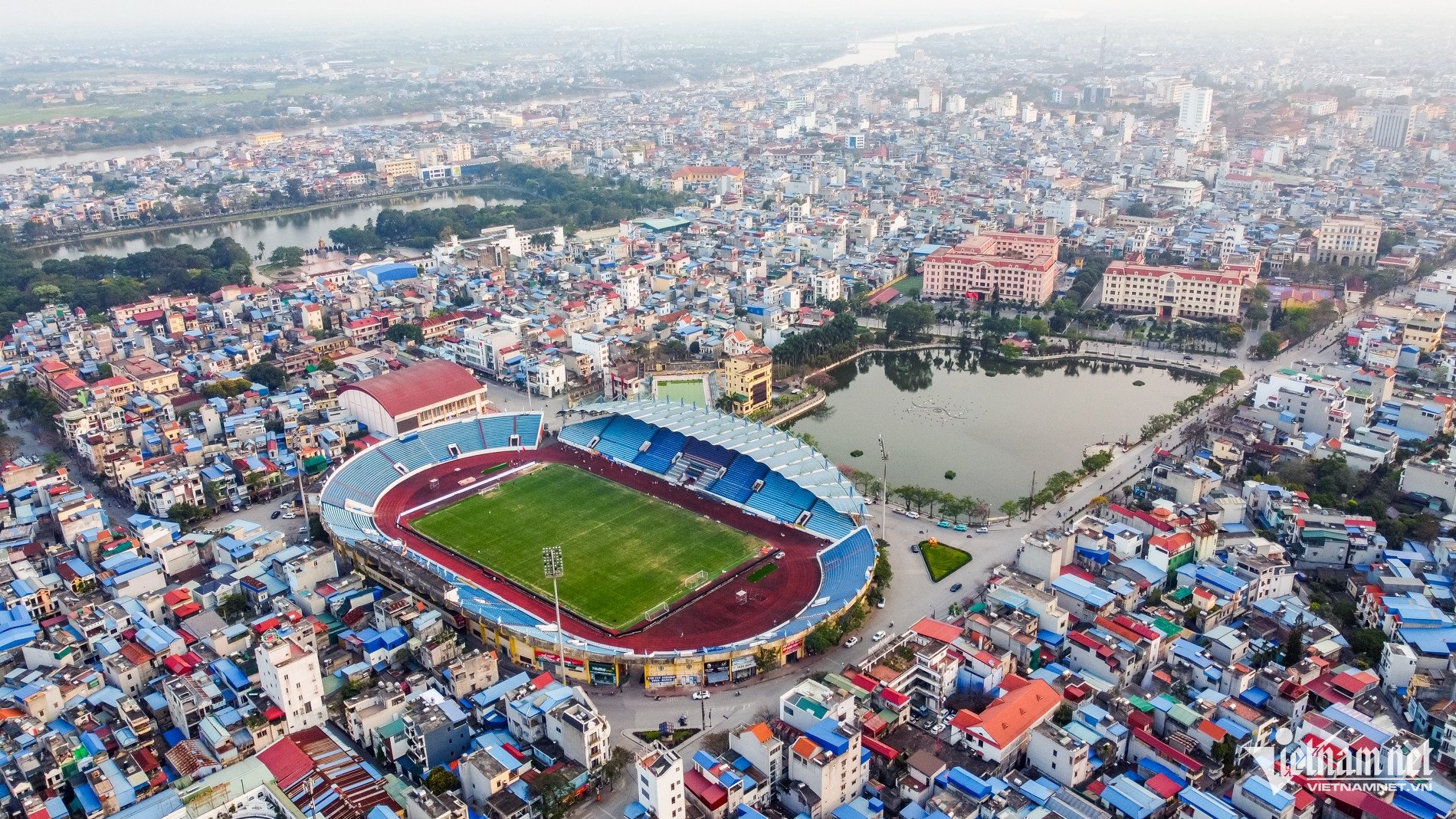
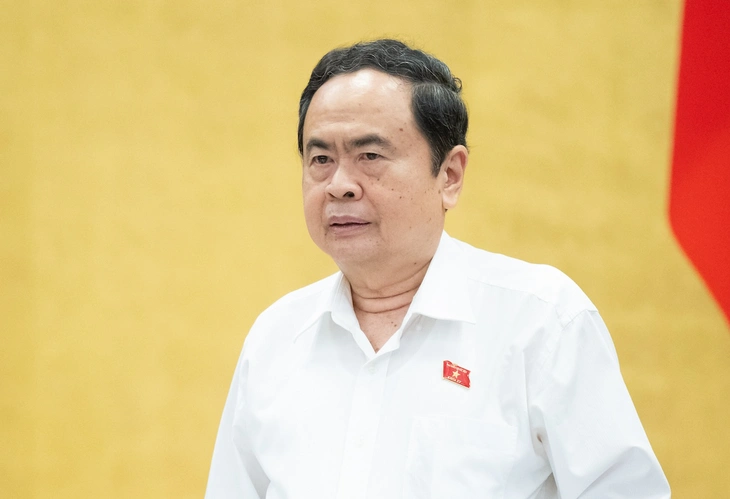
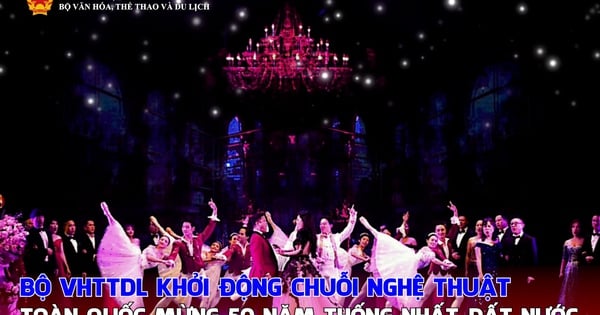

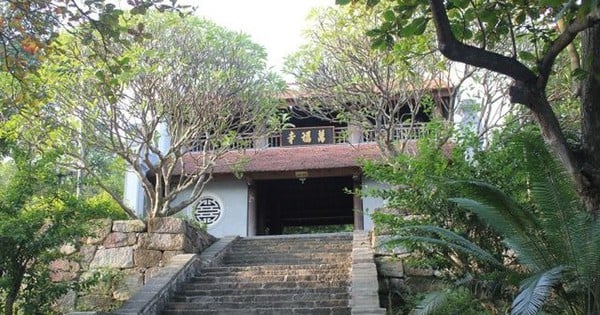
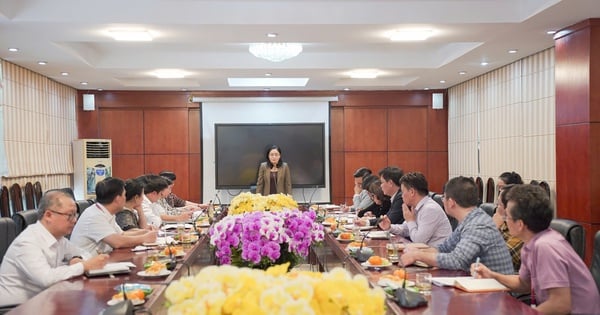
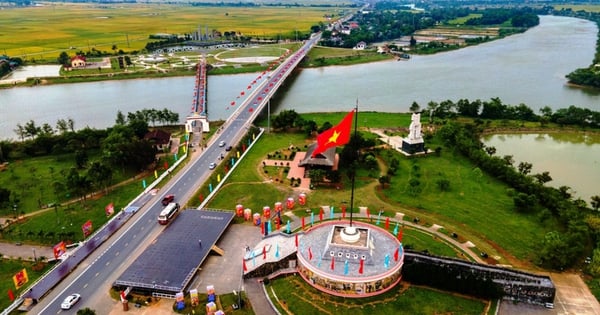
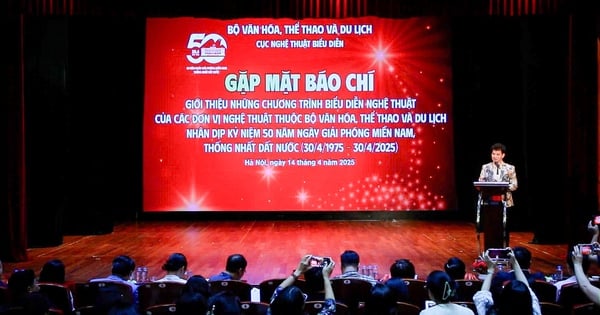




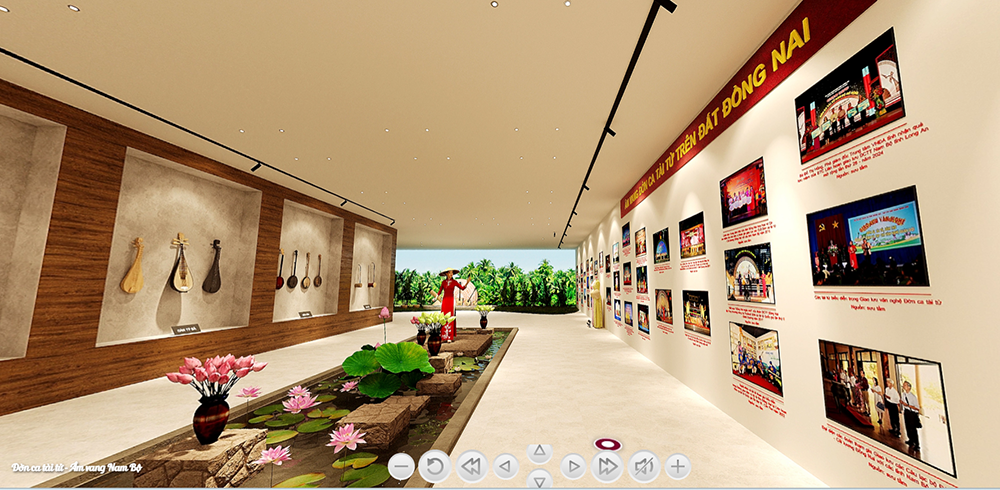
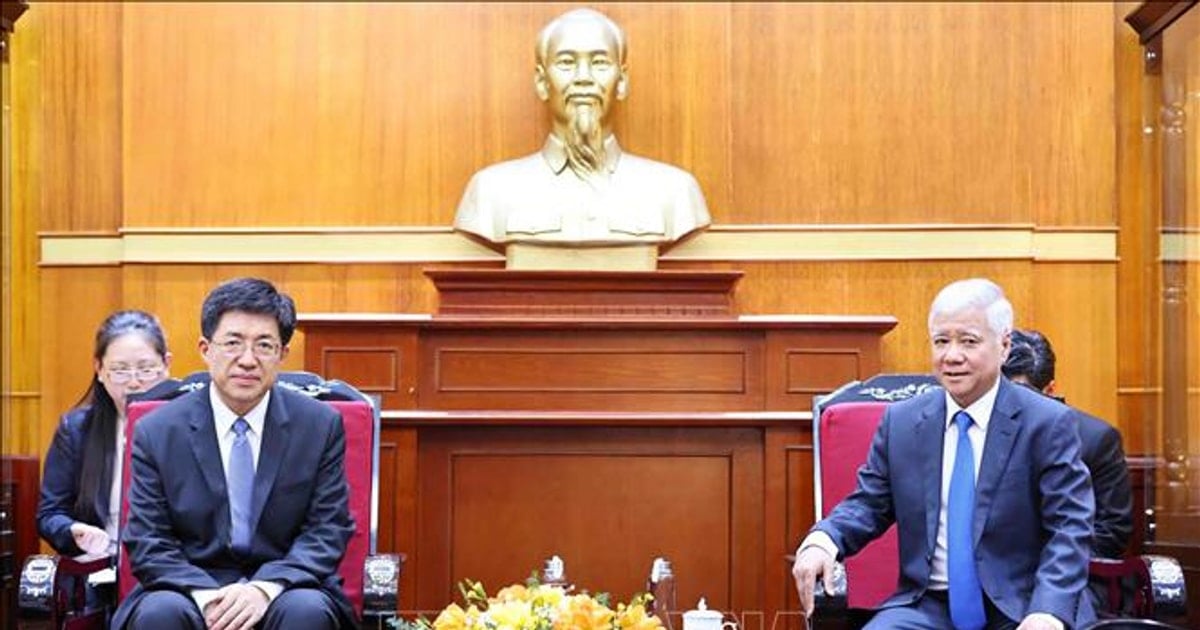

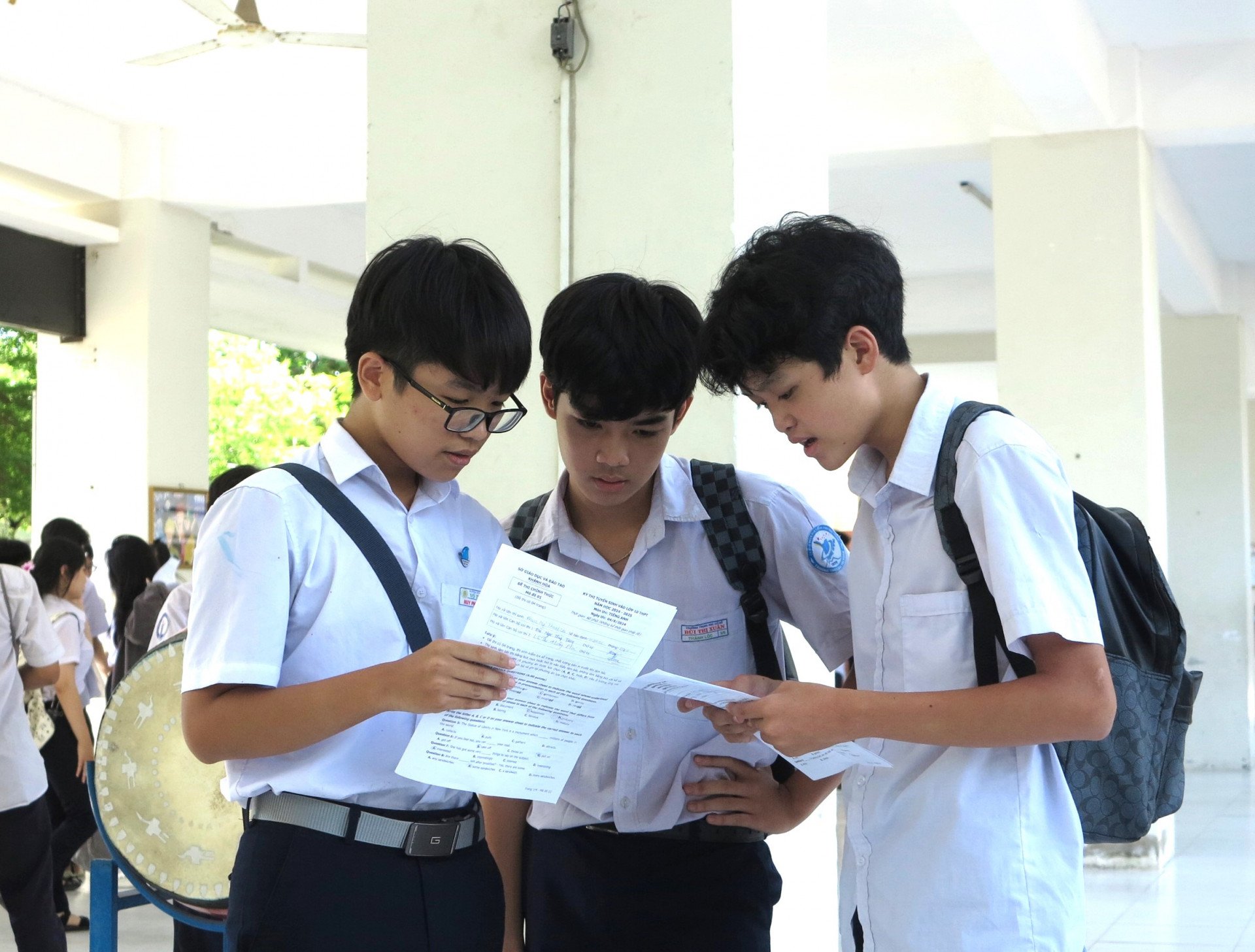

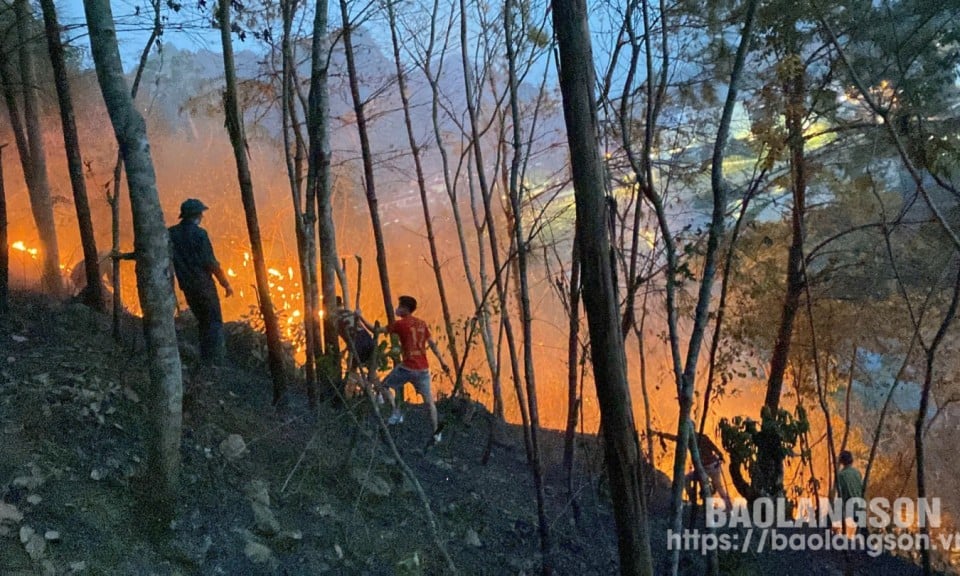

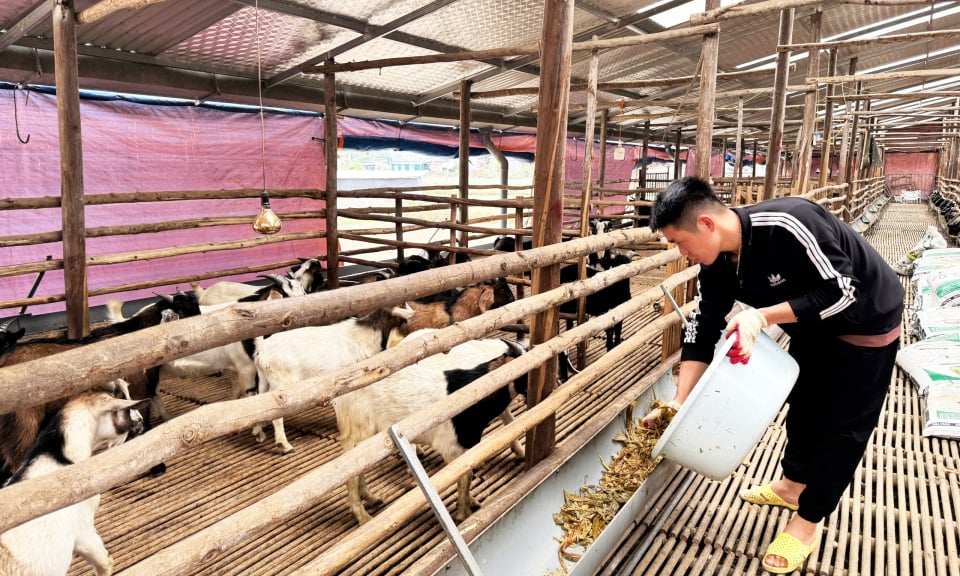





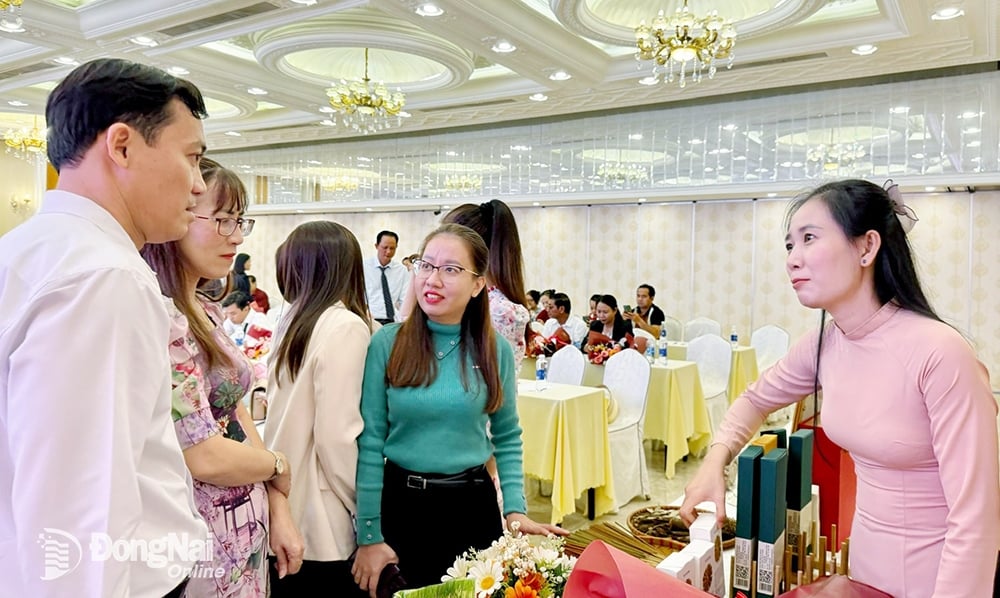


Comment (0)